Code
HCS31904
Weight
379 gm / 0.84 lbs
Size
Height
4cm (2") Width
17cm (7") Depth
17cm (7") Material
Brass
Availability
Available

Safe Payment
We accept Paypal, Money Transfer, Bank Transfer
Confidence
Protection covers your purchase and personal data.
Worldwide Delivery
We ship Worldwide, except Russia.Shipping cost US$25.2 for upto 0.5 kgs

Hotline
Talk to help line for your question on 9841267335Brief Introduction :
A kartika is a small, crescent-shaped, hand-held ritual flaying knife used in the tantric ceremonies of Vajrayana Buddhism. The kartari is said to be "one of the quintessential attributes of the wrathful Tantric deities." It is commonly known as the "knife of the dakinis." Its shape is similar to the Inuit ulu or woman's knife, which is used for many things including cleaning skins.
While the kartari is normally held in the right hand of a dakini in Vajrayana iconography and spiritual practice, occasionally it can be seen being held by esoteric male deities, such as certain forms of Yamantaka. It is also found frequently in the iconography of the Tibetan Buddhist spiritual practice of Chöd.
The dakini's knife has a flat sharpened blue iron blade with a curved hook at its outer extremity, which enables the flaying activities of cutting, scraping, and pulling. Its faceted or eight-sided handle is attached to the upper edge of the blade by either a leaf-shaped golden mount or the wide-open mouth of a golden makara, and the handle's top is sealed by a half-vajra.
The same way that the bell and vajra are usually paired ritual items in Vajrayana spiritual practice and iconography (one is held in the right hand and the other simultaneously held in the left), the kartika usually appears as a pair with the kapala or "skull-cup".
The shape of the kartika, or trigug, with its crescent shape and the hook on the end, is derived from the shape of a traditional shape of the Indian butcher's knife.
Depictions of Vajrayogini typically contain the kartika as one of her attributes. In the iconography of the enlightened dakinis and tantric female yidams, it is common to find the hooked kartika knife in her right hand and the skull cup in her left, representing "the inseparable union of wisdom and skillful means."
The dakini's knife has a flat sharpened blue iron blade with a curved hook at its outer extremity, which enables the flaying activities of cutting, scraping, and pulling. Its faceted or eight-sided handle is attached to the upper edge of the blade by either a leaf-shaped golden mount or the wide-open mouth of a golden makara, and the handle's top is sealed by a half-vajra.
The same way that the bell and vajra are usually paired ritual items in Vajrayana spiritual practice and iconography (one is held in the right hand and the other simultaneously held in the left), the kartika usually appears as a pair with the kapala or "skull-cup".
The shape of the kartika, or trigug, with its crescent shape and the hook on the end, is derived from the shape of a traditional shape of the Indian butcher's knife.
Depictions of Vajrayogini typically contain the kartika as one of her attributes. In the iconography of the enlightened dakinis and tantric female yidams, it is common to find the hooked kartika knife in her right hand and the skull cup in her left, representing "the inseparable union of wisdom and skillful means."


![[kartika], Buddhist Ritual Item, Sand Casting](https://handicraftseller.com/uploads/pics/product/thumb/2024/03/31904.jpg)
![[kartika], Buddhist Ritual Item, Sand Casting](https://handicraftseller.com/uploads/pics/product/thumb/2024/03/31904_0.jpg)
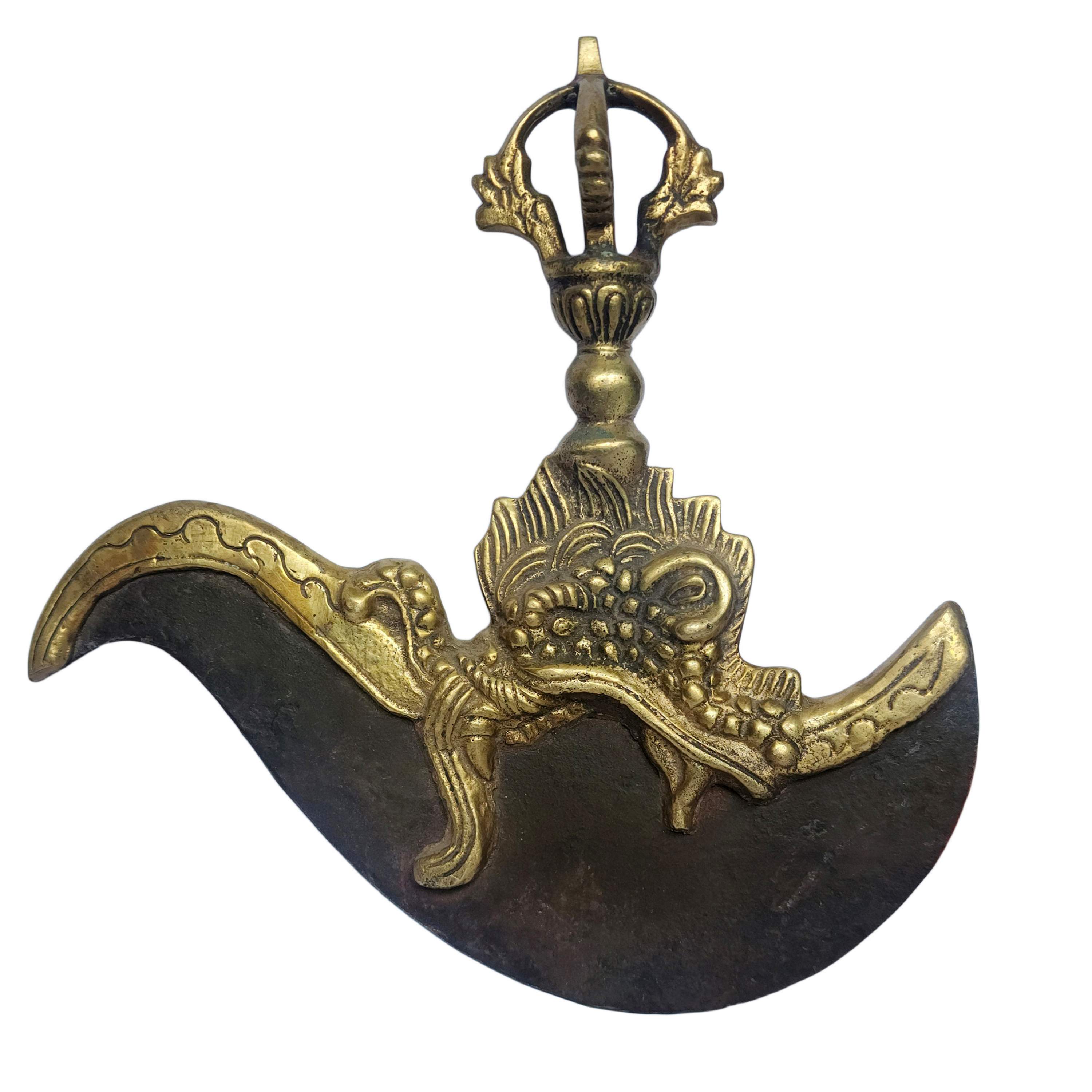
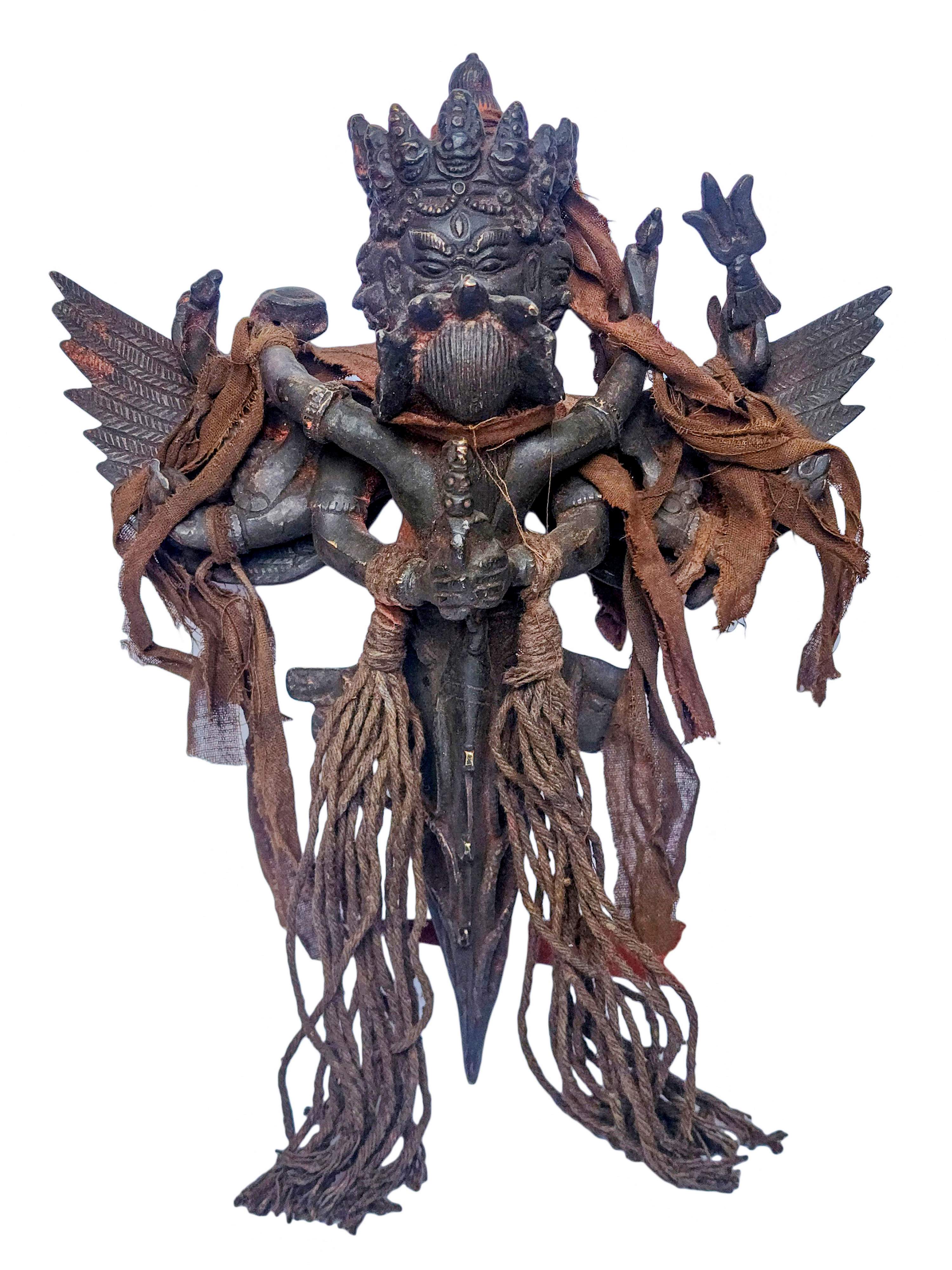 Antique Finishing" title="Vajrakilaya - Dorje Phurba - Heruka,
Antique Finishing" title="Vajrakilaya - Dorje Phurba - Heruka, 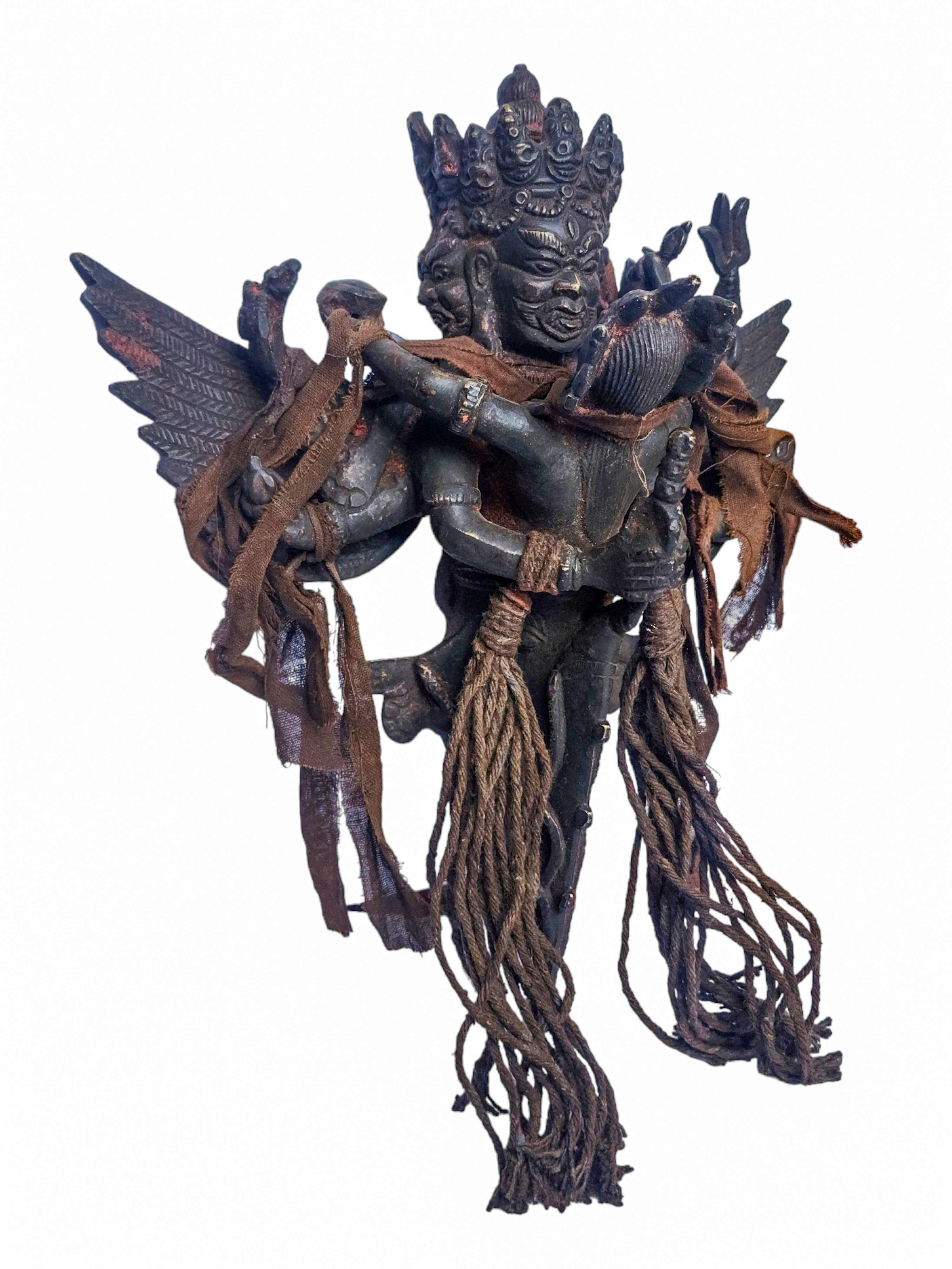 Antique Finishing" title="Vajrakilaya - Dorje Phurba - Heruka,
Antique Finishing" title="Vajrakilaya - Dorje Phurba - Heruka, 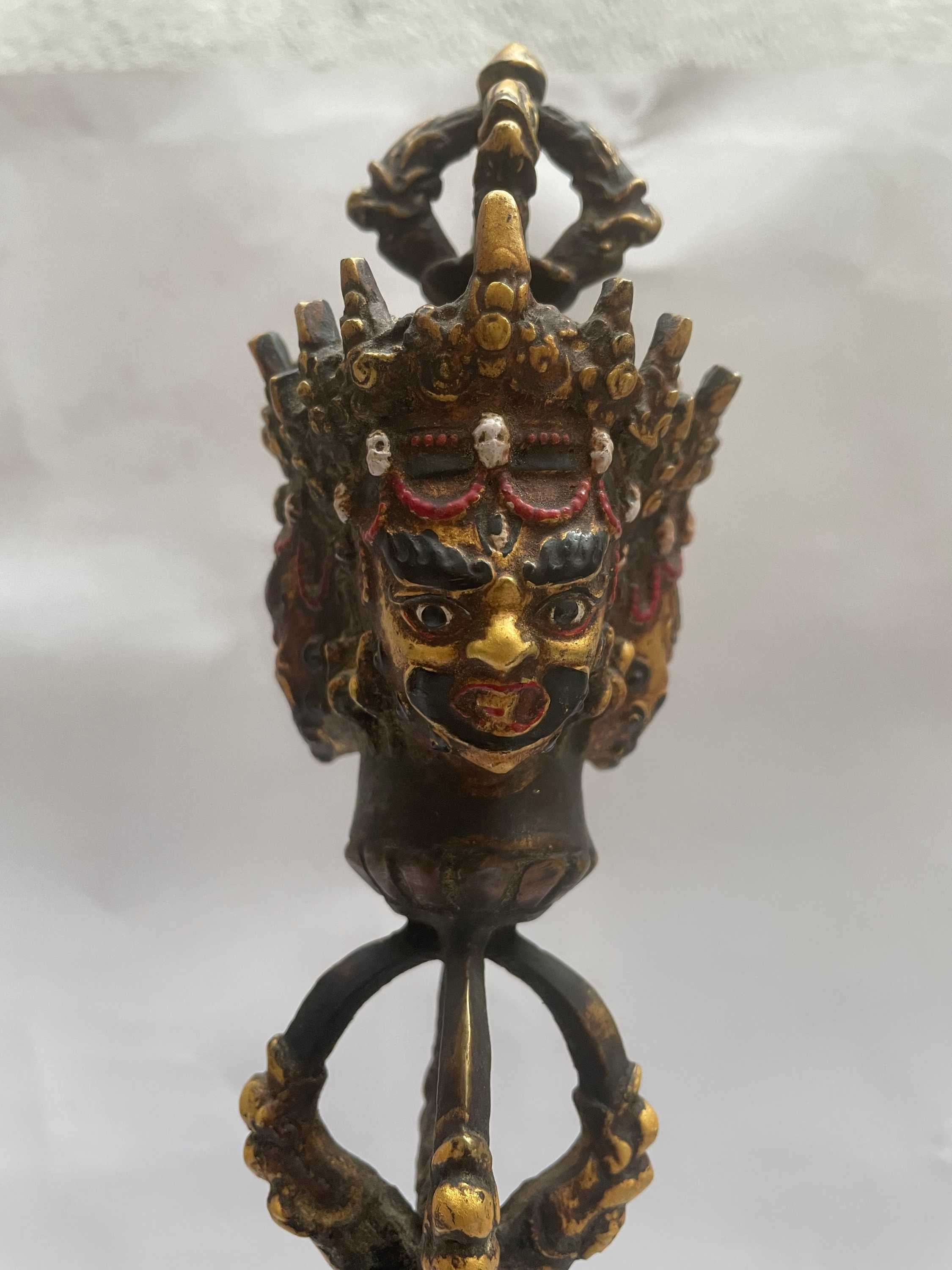 with Color Finishing
with Color Finishing 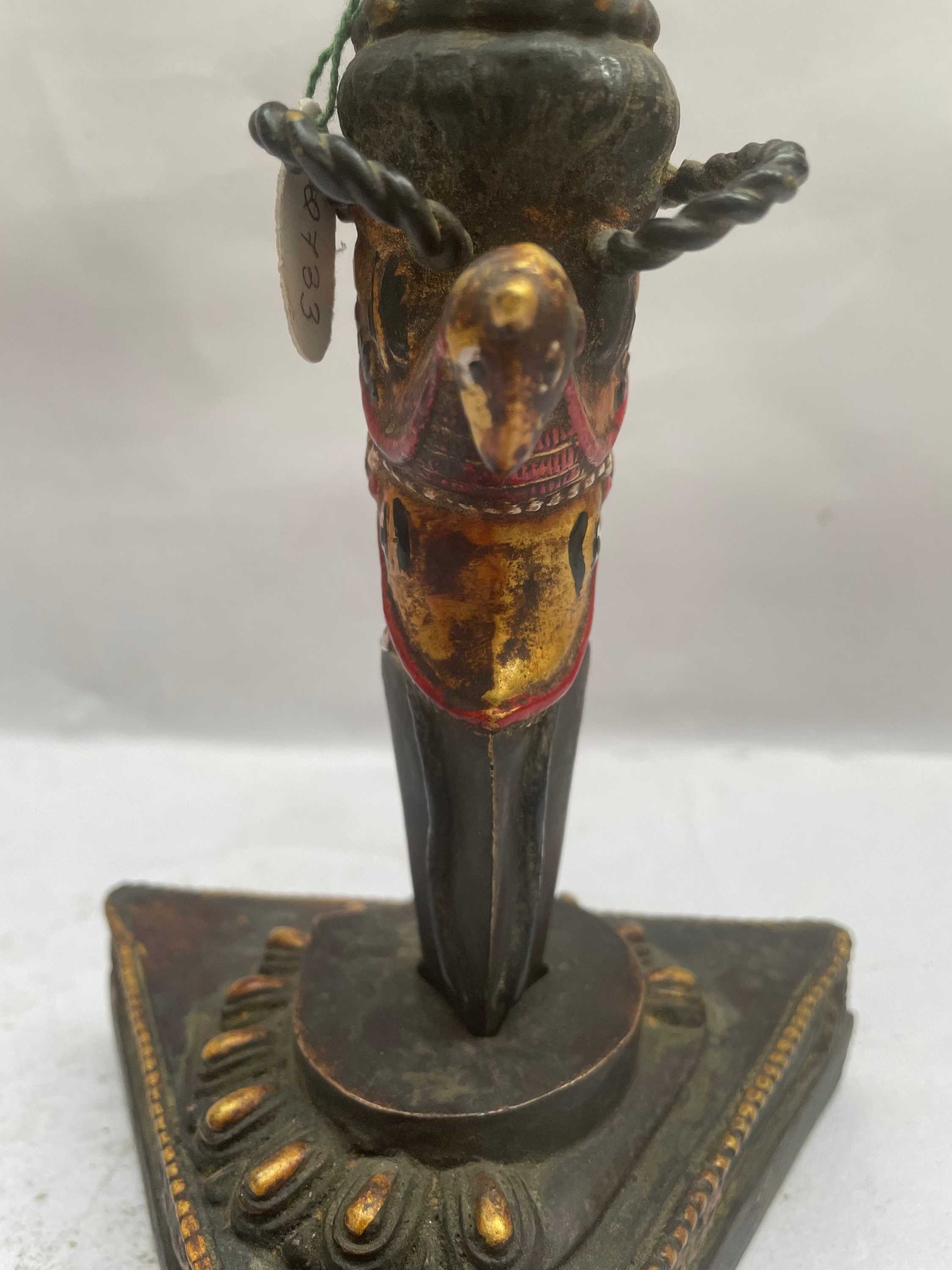 with Color Finishing
with Color Finishing 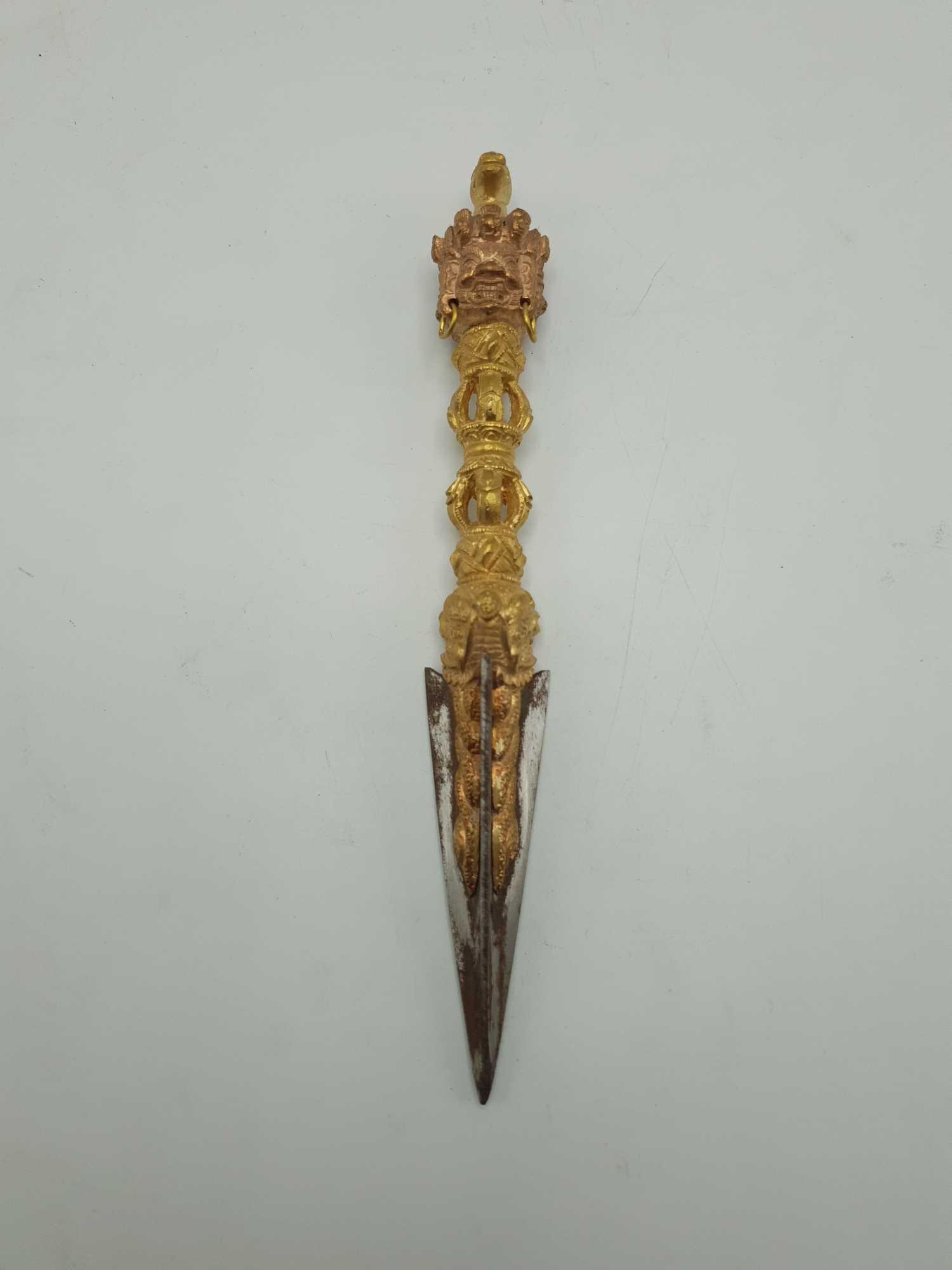 with Three Heads" title="Copper Phurba
with Three Heads" title="Copper Phurba 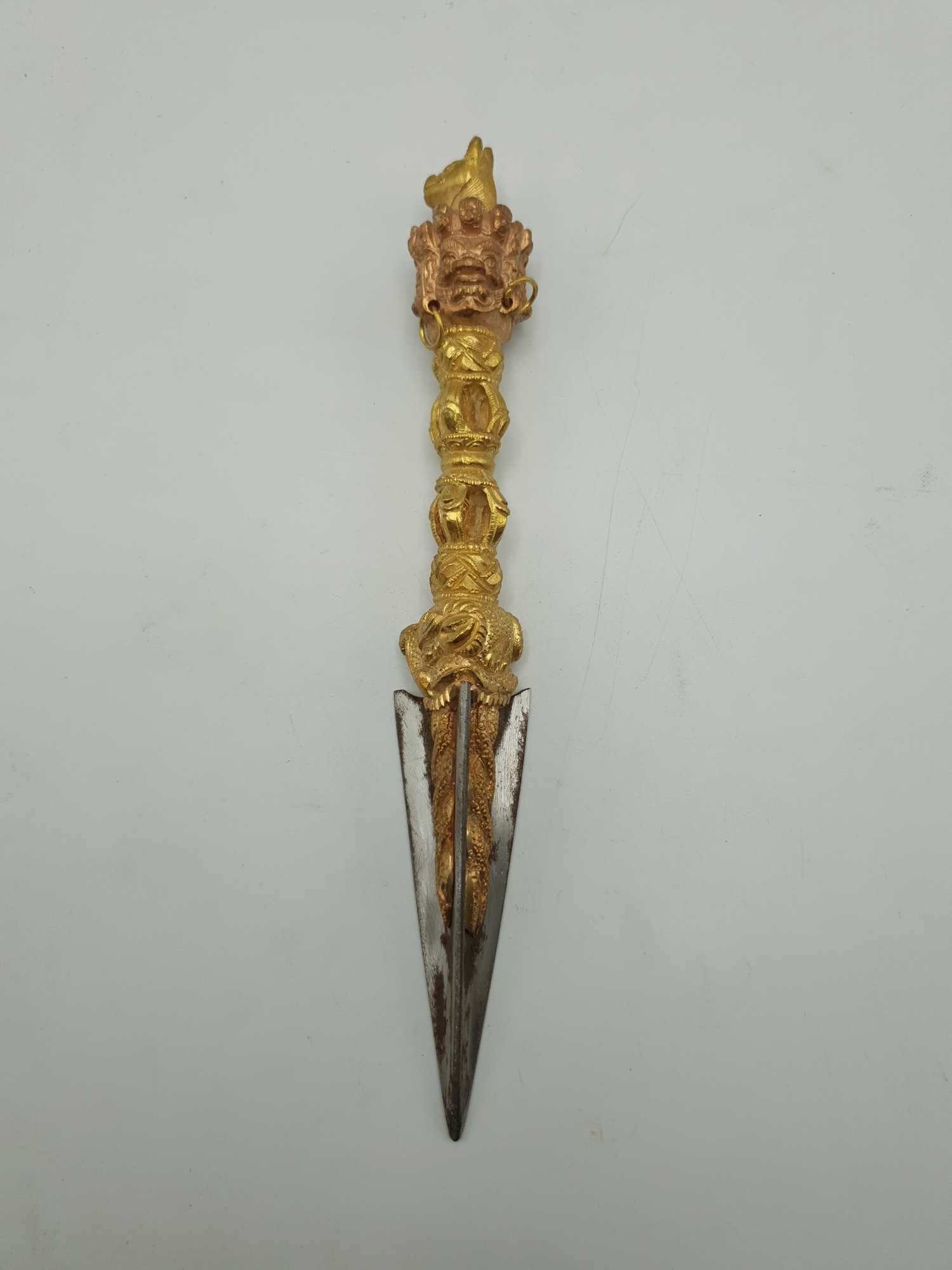 with Three Heads" title="Copper Phurba
with Three Heads" title="Copper Phurba 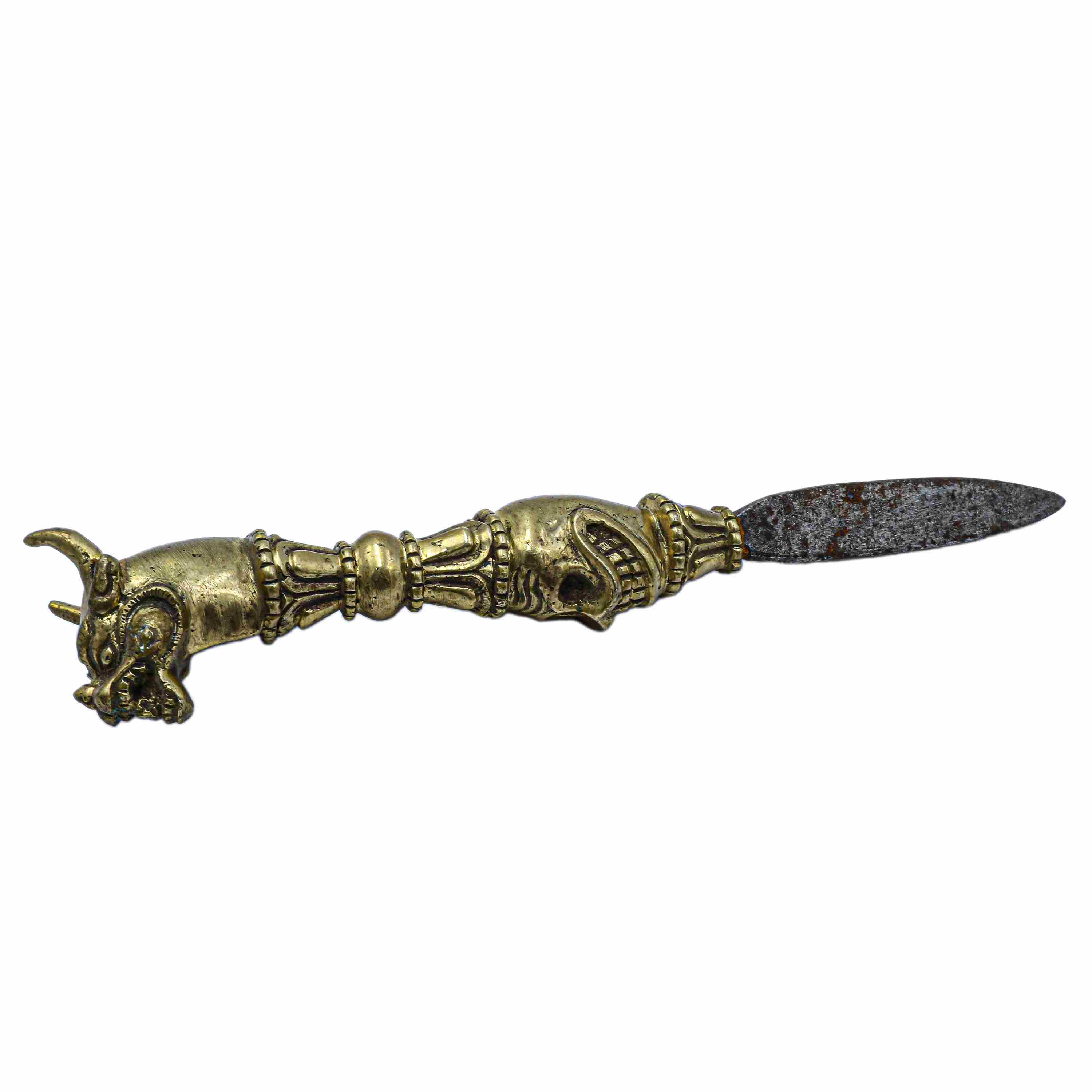 with Antique Finishing" title="Buddhist Yamantaka Phurba,
with Antique Finishing" title="Buddhist Yamantaka Phurba, 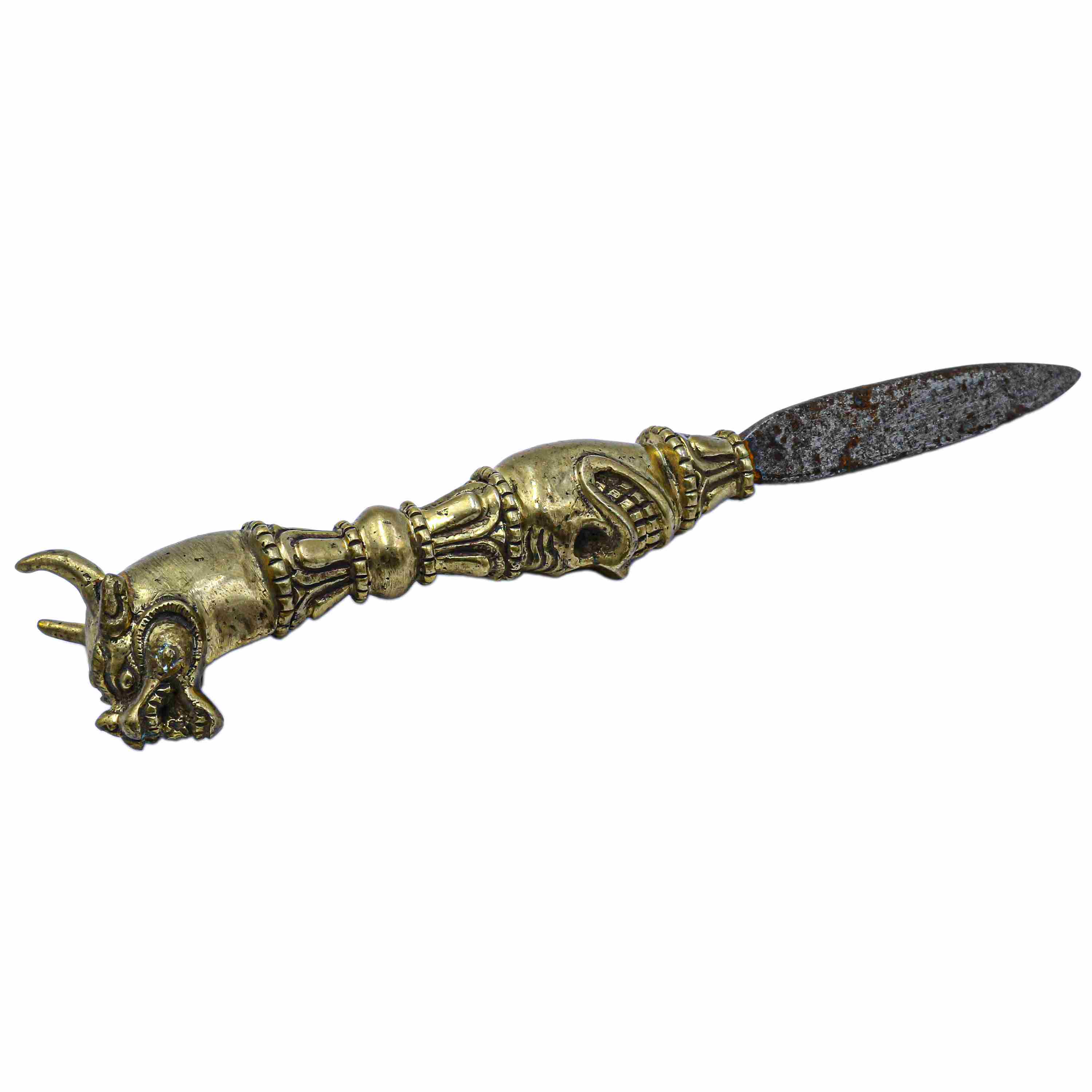 with Antique Finishing" title="Buddhist Yamantaka Phurba,
with Antique Finishing" title="Buddhist Yamantaka Phurba,  Full Gold Plated" title="Buddhist Phurba,
Full Gold Plated" title="Buddhist Phurba, 
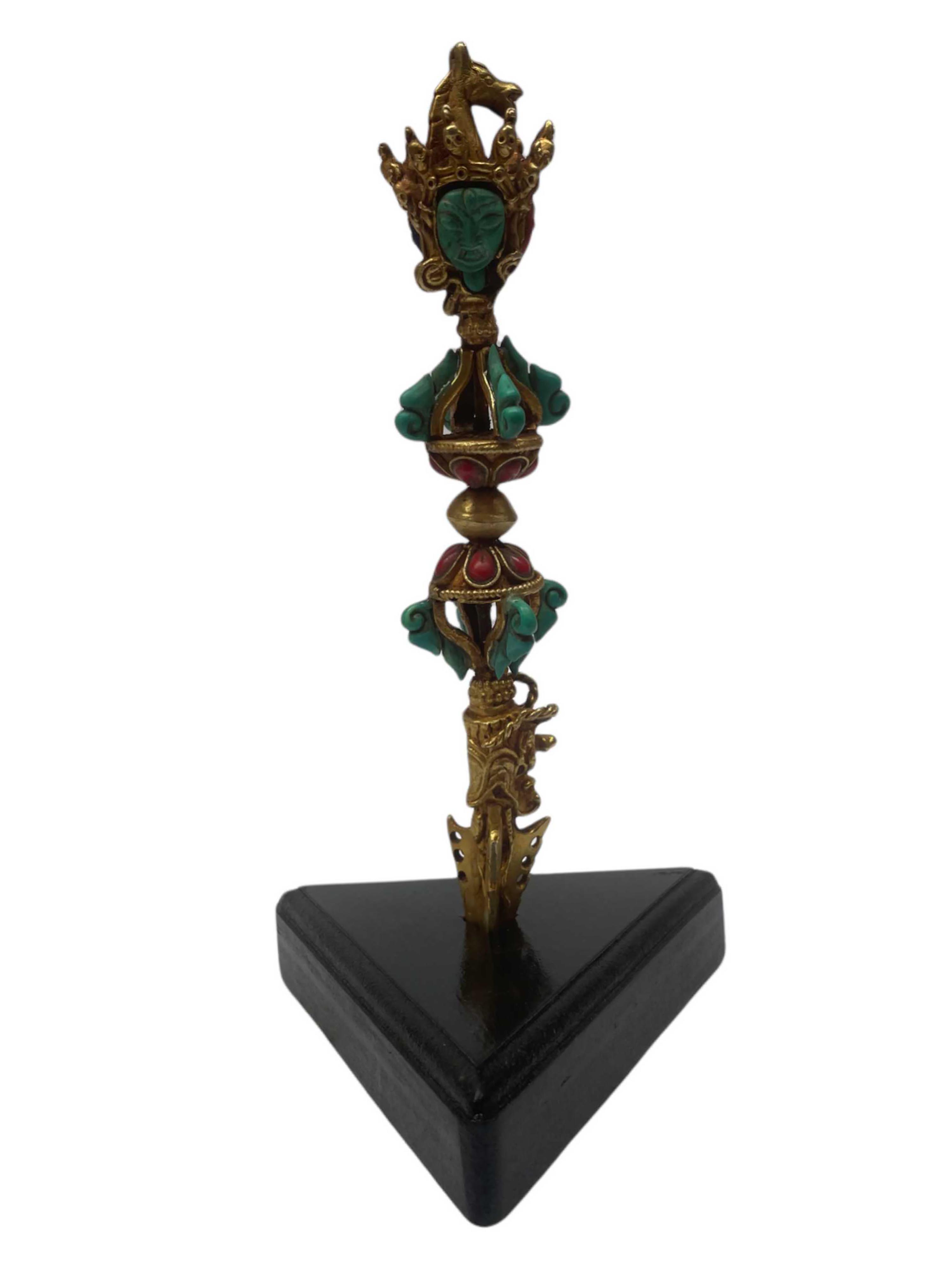 of Phurba,
of Phurba, 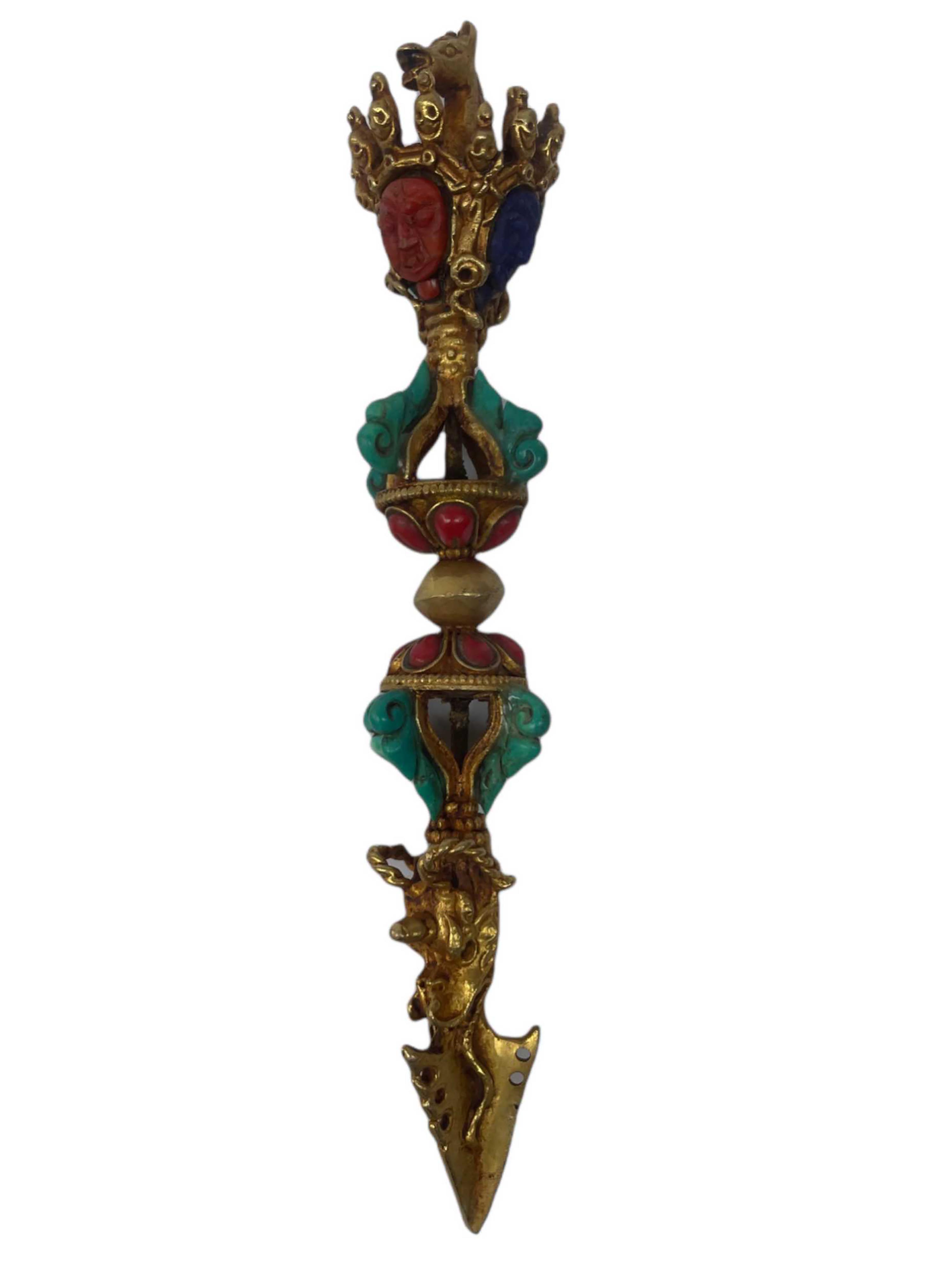 of Phurba,
of Phurba, 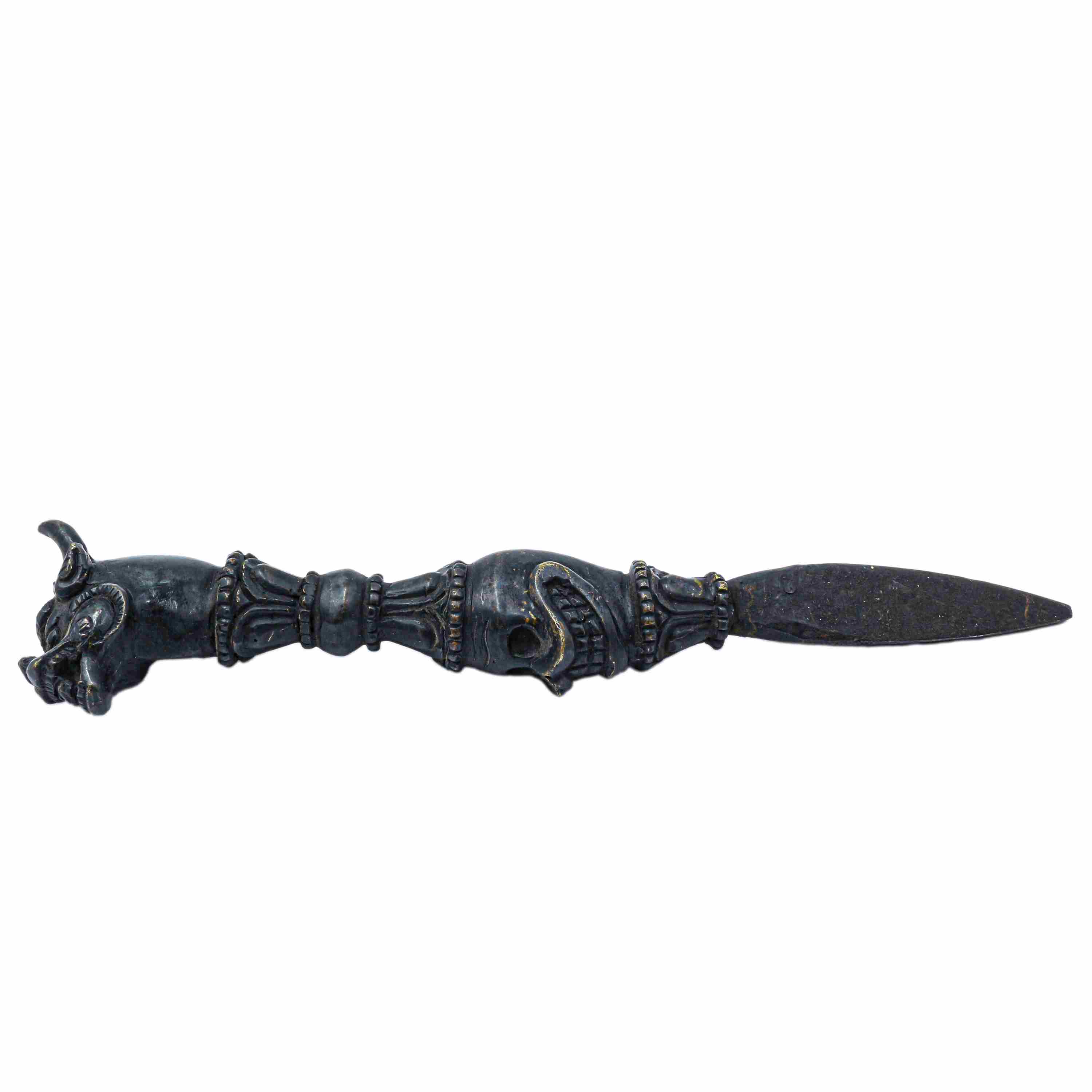 with Yamantaka Head Design,
with Yamantaka Head Design, 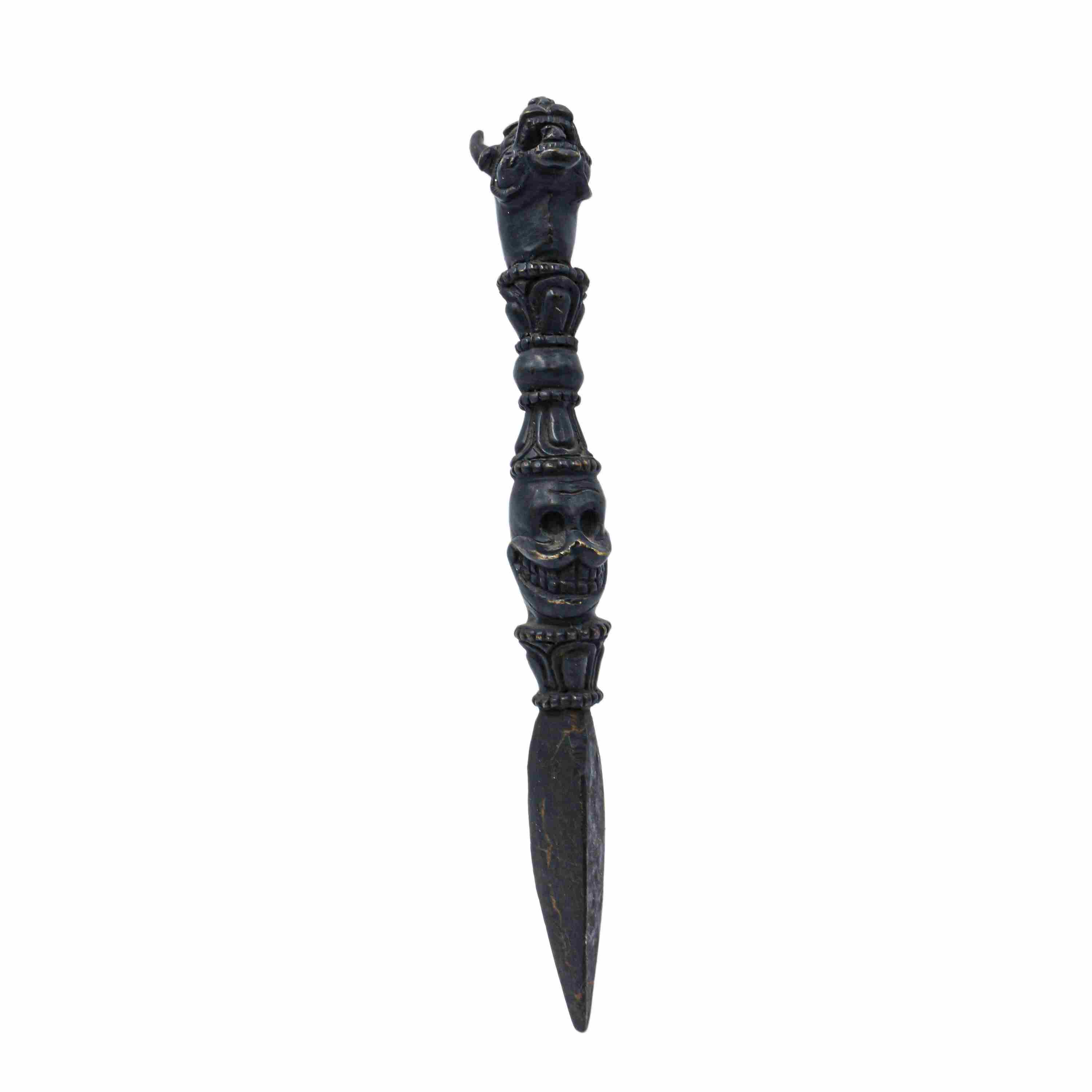 with Yamantaka Head Design,
with Yamantaka Head Design, 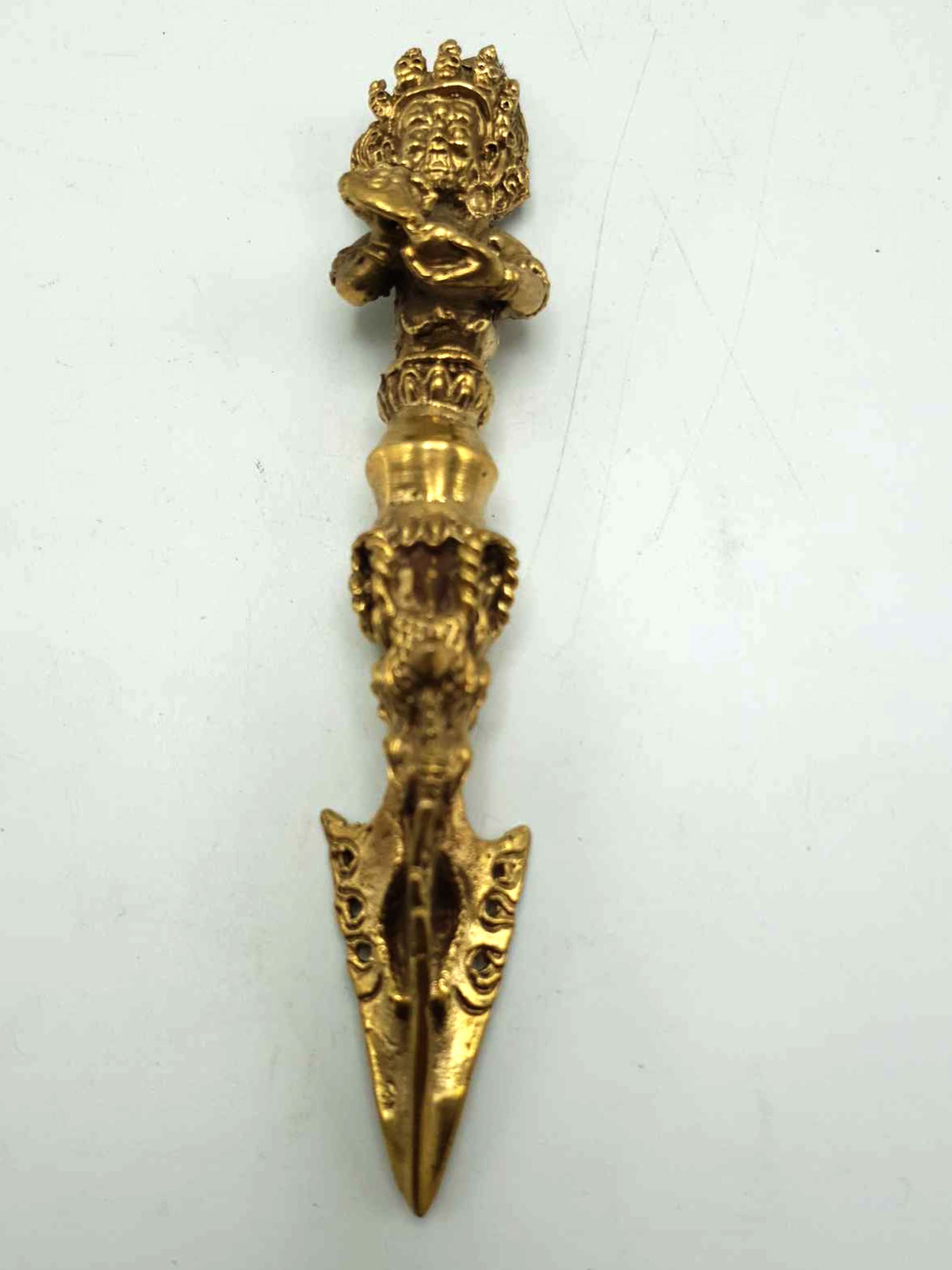
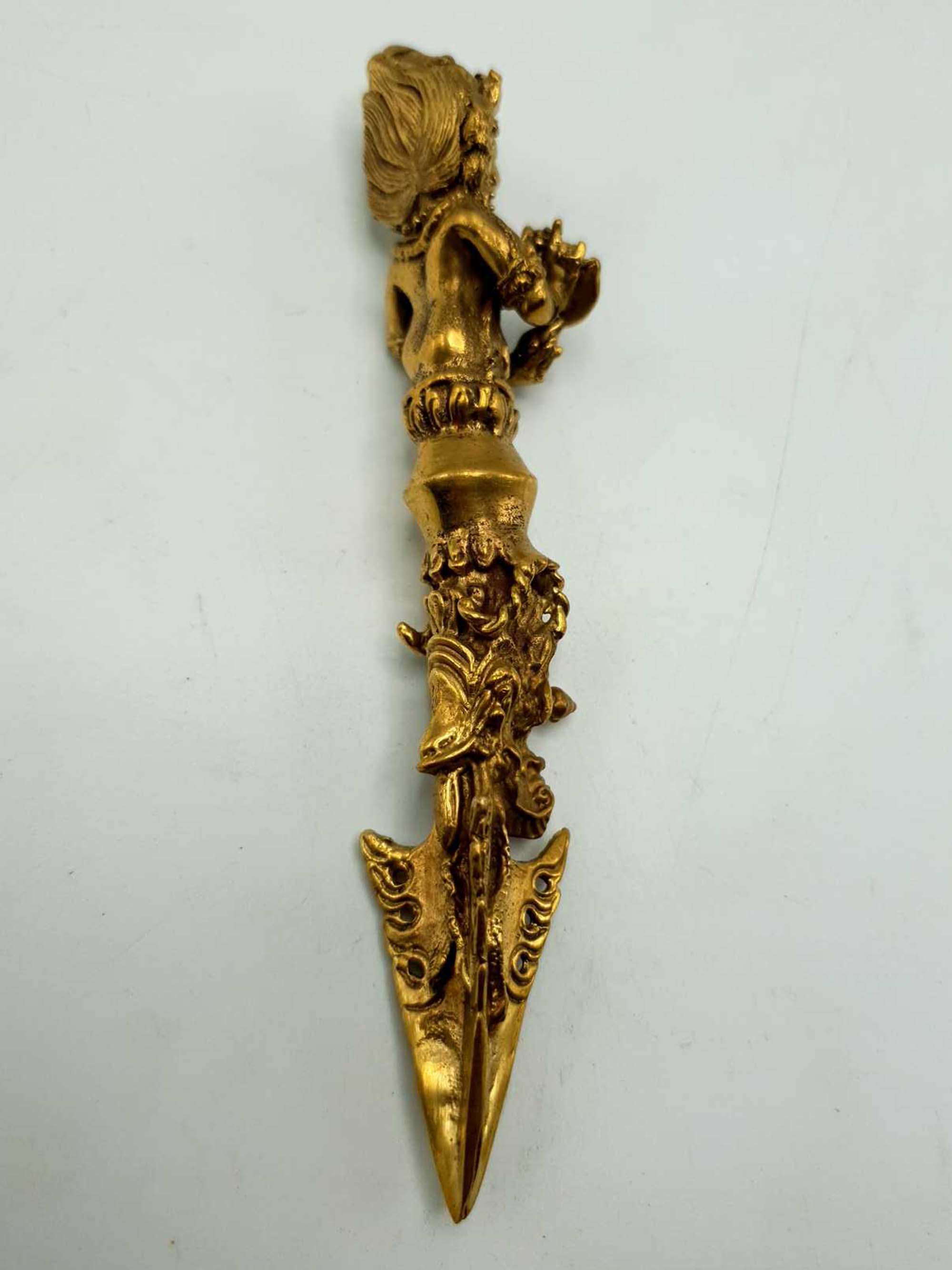
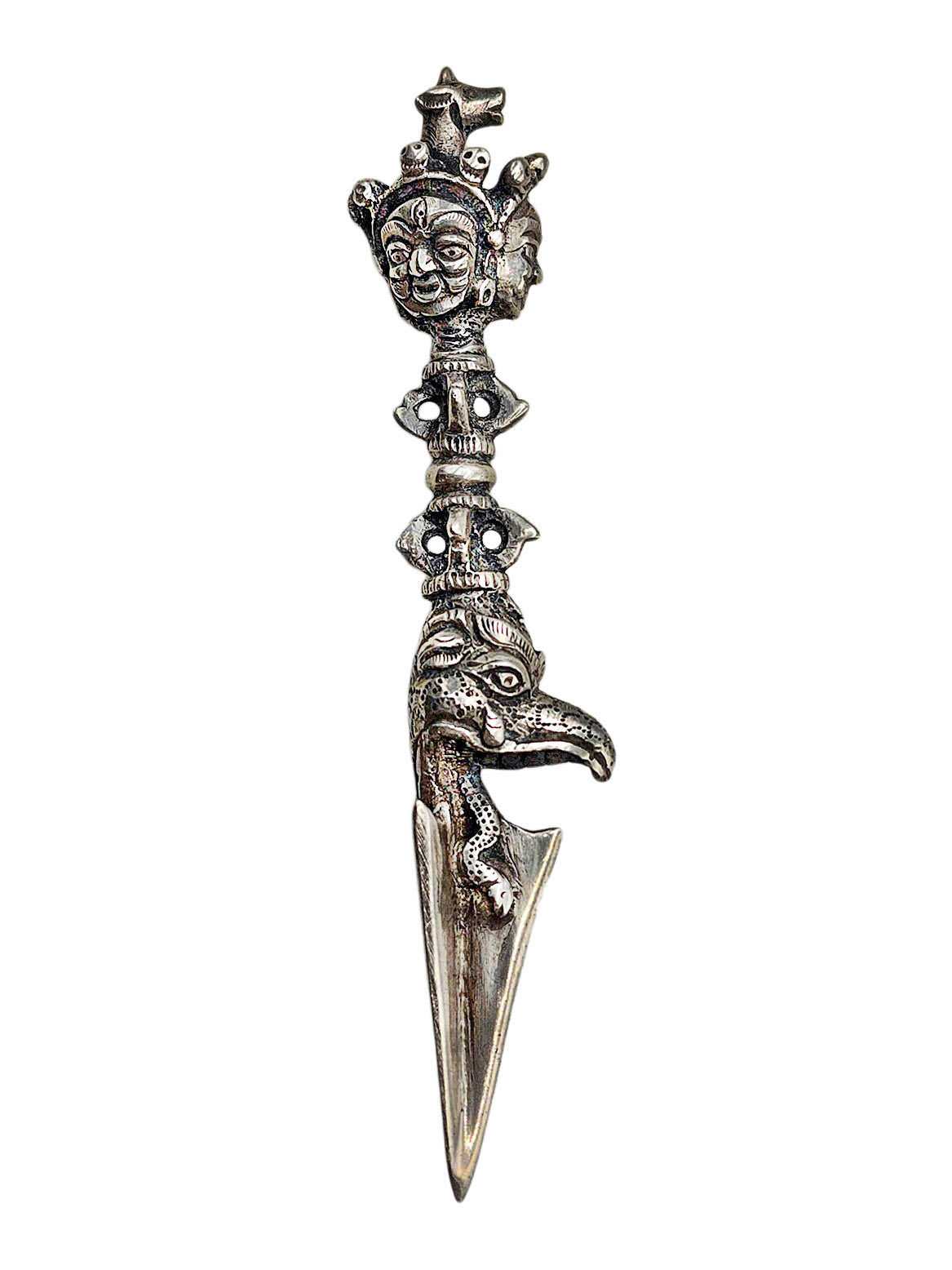 Silver
Silver 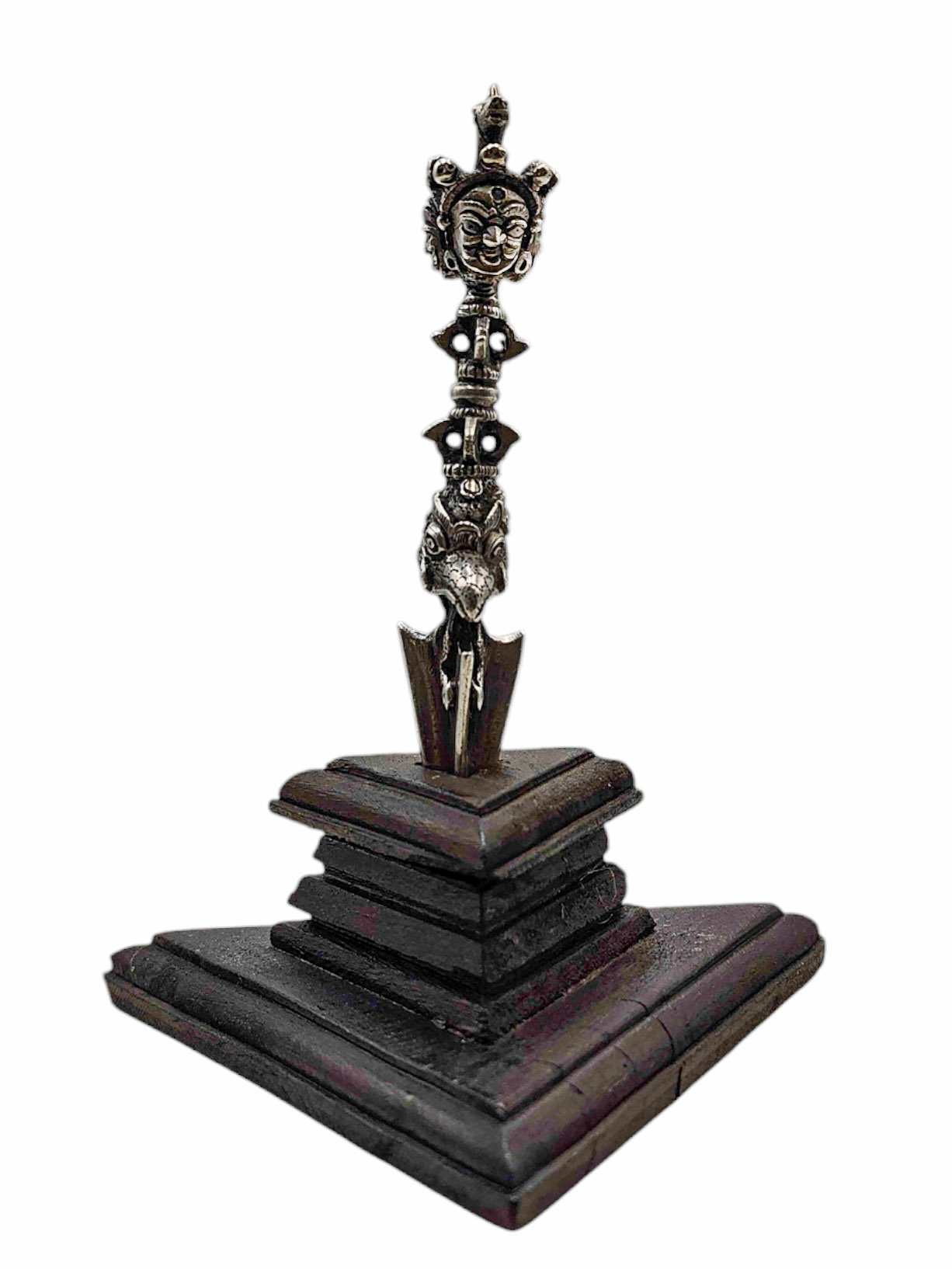 Silver
Silver